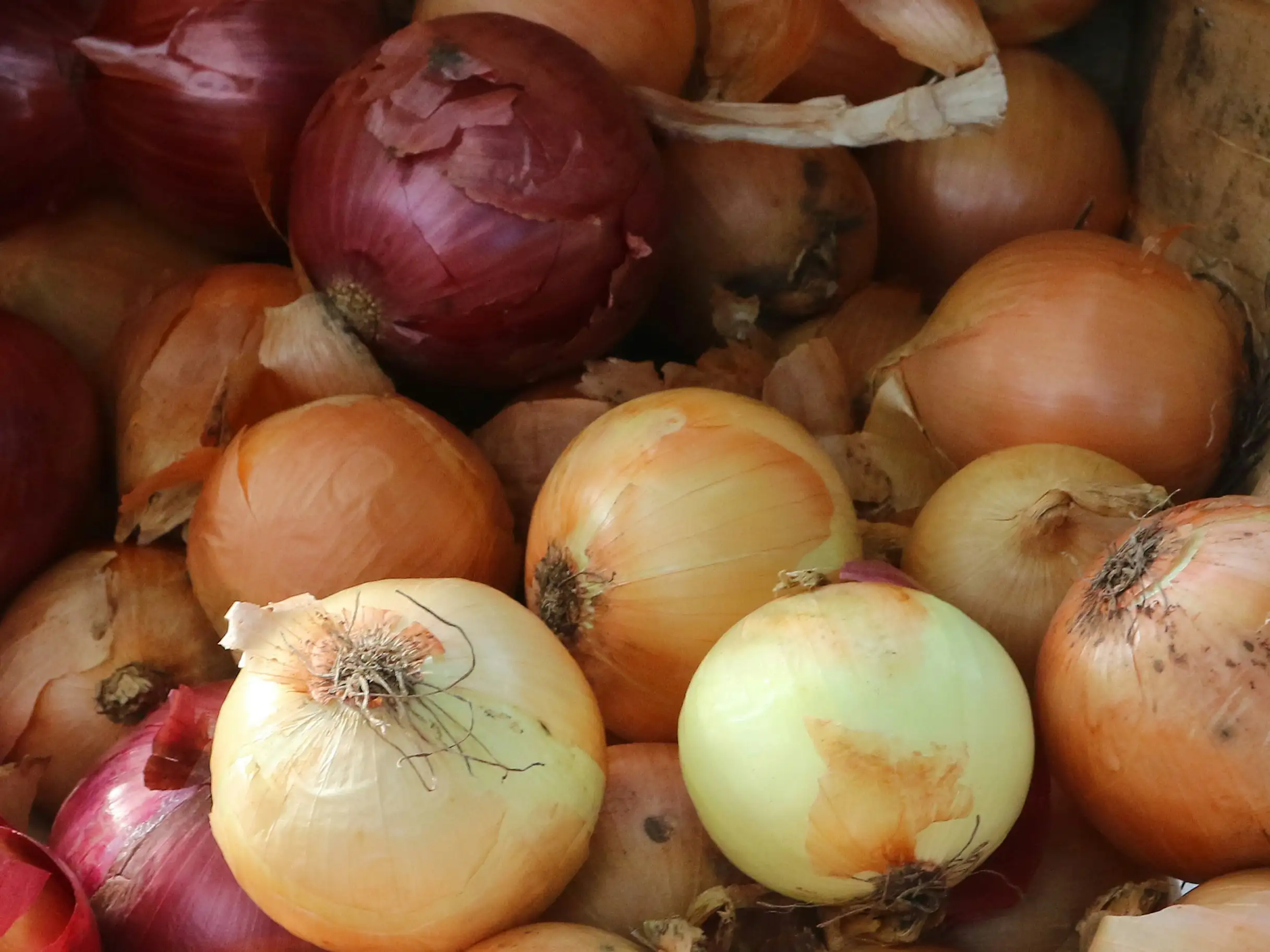LILIES
The sight of lilies blooming in a summer garden is enough to make anyone want to grow their own. The Lilium planting season is short because, unlike other bulbs, they have no protective coat to prevent their bulbs from drying out.
At a glance;
Planting time Mid winter to spring for summer flowering.
Position Full sun
Soil conditions Any well drained garden soil
Planting depth 5-10cm deep at the crown.

Buy the best
Today’s huge range of garden hybrids offer almost every colour, with compact lilies ideal for pots and taller forms great for picking.
Lilies love sun but they prefer their roots to be kept cool under a blanket of mulch, or in the shade of other plants. They’ll push themselves up through other plants, following up the flush of spring flowering annuals and perennials with their striking summer display.Some varieties keep their colours better when grown in semi-shade.
Asiatic lilies bloom first in early summer. They make up for their lack of fragrance, shorter stature and slightly smaller flowers with the sheer volume of blooms and a wide range of hot colours.
Oriental lilies bloom mid to late summer. They are tall and stately with huge blooms up to 20cm across in combinations of pink, red and white. Their perfume will fill a room.
A favourite among the naturally occurring species, Lilium regale is known in New Zealand as the Christmas lily. This long-lived perennial grows 1 to 2 meters tall. Its large white trumpet flowers are flushed purple outside with a yellow throat and prominent yellow stamens. They’re strongly fragrant, especially at night.
Prepare for planting in winter
It’s best to plant lily bulbs without delay, but they can be held in moist sand or peat moss until the scales become plump and roots start to sprout.
The critical requirement is free draining garden soil or potting mix. Fortunately they will grow very well in containers if the garden soil isn’t ideal. While perfect drainage is essential, lilies also need constant moisture.
Loosen the soil to a good depth. Deep planting encourages the stem to grow roots which will help to stabilise the plant. Enrich the soil with ican Organic Vegetable Food. Don’t use sheep pellets or animal manures in the planting hole where it is in direct contact with the bulbs.
How to plant
Dig a hole at least 10cm deep, positioning the bulb with the pointy side up. Refill the hole with soil. When planting in groups (best in odd number – 3, 5, 7 etc), allow a distance of three times the bulb’s diameter. Water well after planting.
Feeding
Lily roots penetrate deep into the soil and they are hungry feeders. Use ican Bulb Food when the shoots appear and after flowering to replenish the bulb for next year’s blooms.
Watering
Lilies enjoy plenty of water so long as it can drain away easily.
Mulching
A layer of compost or other fine mulch will help retain soil moisture, suppress weeds and keep the roots cool.
After care
Some lilies will need staking, ideally done at planting time, so you don't skewer the roots and bulb.
Bulbs growing in free draining garden soil will multiply and can be left for 4 to 5years before lifting and dividing.
After flowering, remove old blooms before they go to seed so the plant puts its energy into bulb rather than producing seed. Allow the foliage to die down naturally (rather than cutting it down) replenishes the bulb for the following year’s flowering.
Lily checklist
- Plant without delay. Lily bulbs must not be allowed to dry out.
- Drainage is critical. Plant only in free drained soil or potting mix.
- Mulch to keep the soil cool and weeds out. Water thoroughly then apply a 5cm layer of compost or straw mulch.
- Feed them. Lilies are gross feeders.
- Hand weed only, without tools, to avoid damaging the bulb.
- For tall varieties, insert stakes at planting time to avoid bulb damage.
Growing lilies in pots
- Dwarf lily varieties are ideal for pots.
- Plant in good quality well drained potting mix, one Oriental lily to a 20cm diameter pot, or one dwarf or Asiatic lily to a 15cm pot.
- For tall varieties add a stake at planting time.
- Water regularly and feed with ican Slow Food and liquid ican Fast Food.
- Bulbs in pots can be left for two years without repotting if fed with slow release fertiliser.
For more information on growing lilies and bulbs, collect your free copy of the icanBloom brochure Bulbs to Blooms at your ican retailer or read and download the brochure at icangarden.co.nz.




